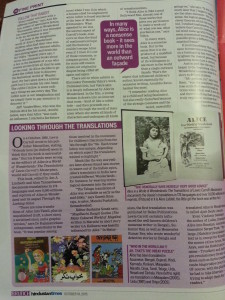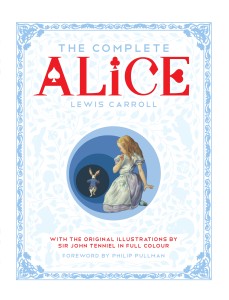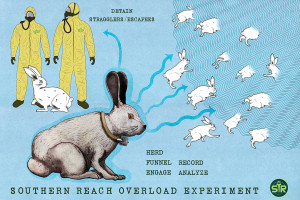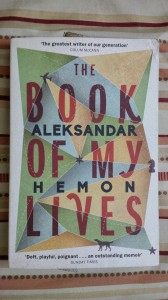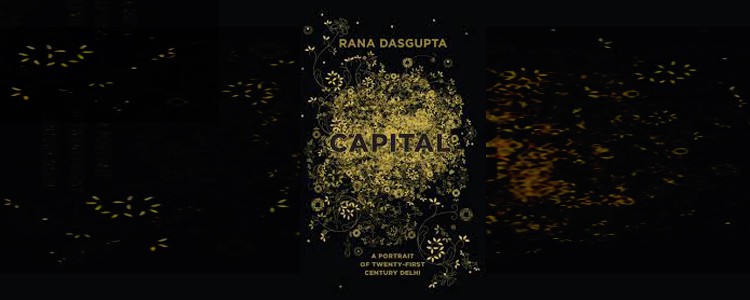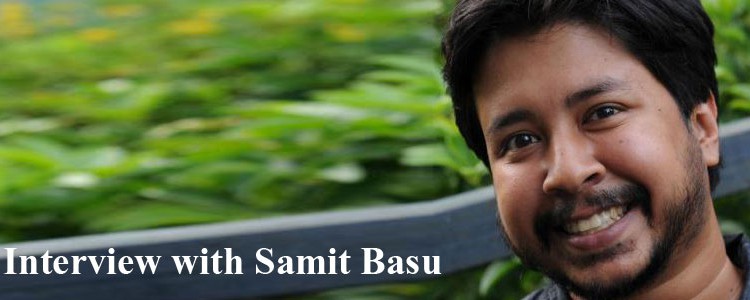M.G. Leonard Talks Beetles with Bookwitty
I interviewed the fabulous award-winning writer M G Leonard for literary website, Bookwitty. It was published 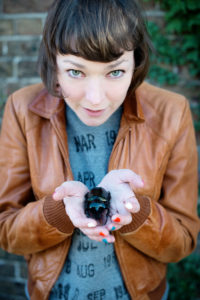 on 1 August 2017. The original url is here but I am also c&p the text below.
on 1 August 2017. The original url is here but I am also c&p the text below.
M. G. Leonard is the award-winning, bestselling writer of the Beetle Trilogy. So far, Beetle Boy and Beetle Queen have been published to a resounding welcome from readers worldwide. These are delightfully told stories about Darkus and his father Dr Bartholomew Cuttle who get mixed up in Lucretia Cutter’s mad, hair-brained, bordering-on-dangerous scheme. The two novels published have a big dollop of the fantastic but are an utterly delicious blend of modern science and imaginative storytelling that explores the plausible but so far speculative limits of life as we know it. The stories are meant for middle-graders, and deftly etch the grey area children and adults cohabit, as children enter their teens. M. G. Leonard spent her early career working in the music industry, and then trained as an actor, dabbling in directing and producing as well as performing, before deciding to write stories. Maya Leonard lives in Brighton with her husband and two sons.
Why write a trilogy about beetles? Was the trilogy worked out as one composite plan or did the stories develop as you wrote them?
Beetles are so interesting, that it would have been impossible to fit everything I wanted to say into one book. It was always going to be a trilogy because I like tightly structured stories, and didn’t want to write an open ended series that went on until readers were bored of the concept or characters. I had a loose outline for each of the three books, but these developed as I wrote them. One thing I’ve always known is the ending for each book in the trilogy.
How did you get into storytelling? The blend of science and stories come together so nicely.
I became a storyteller by working in the theatre. I have worked at some of the best theatres in the UK for nearly twenty years, and had the honour to share a working space with some of the greatest writers and performers in the world. This has been both a joy and an education, and given me the confidence to start telling my own stories. I have never been a scientist, but a playwright that I respect once told me that you should write about what you want to learn about, because the joy of discovery and the wonder of understanding will infuse your work. This is what I have done. At the beginning, I knew nothing about beetles and was afraid of all insects.
How did you get into writing for children? What is your routine?
I did not make a decision to write for children, but I knew my protagonists had to be children because they have open minds, hearts and are curious about the world. More often than not, Adults have made up their mind what they think about the world. An adult could not experience the same journey as Darkus, because they already know what they think about beetles. Of course, now that I am writing for children, I’ve also realised that my inner age is around twelve, I don’t feel like I’m a grown up. I don’t know many adults that do.
If I’m on the road, promoting, then I will write on trains, in hotels or in airport department lounges. If I’m at home, my writing routine is to get up early, before my children wake and write as much as I can. Then I must begin the day and take them to school. Once I return I will edit something else and take care of admin. I write best in the early hours.
Although Beetle Boy and Beetle Queen are meant for children, these stories address a range of “adult-like” issues: environmental disasters, evolution, genetics and transgenics, funeral rituals etc. It seems if you have been concerned about these for a very long time. Is that so?
I am a mother and a gardener, and I fear our attitude to the planet is abusive and will ultimately lead to great suffering and perhaps our own extinction. I mourn the number of creatures who have become extinct because of our attitudes to their habitats, and hope that by writing about these things I may inspire children to care about insects and the environment. Once a person cares about something, they are more likely to protect it.
What is the most interesting aspect of genetics for you?
The debate about when it is right to interfere with the genetics of a creature and when is it not goes back as far as Frankenstein, which is one of my favourite books. I do not have an opinion on what is right or wrong, as I don’t understand the complexities of the science or the implications of the act, but I know that humans have modified fruit flies and mosquitos. It is only a matter of time before someone modifies a beetle, and they are the most evolutionarily successful creatures on the planet. This both terrifies and fascinates me.
This story is worthy of good speculative fiction. Do you enjoy reading sci-fi? If so who are the writers you admire?
I do enjoy sci-fi, but have not read it exhaustively. My favourite sci-fi book, and one of my favourite books ever, is Dune by Frank Herbert. There is so much to be admired about this book. A great sci-fi book marries philosophical thought with science and Frank Herbert does precisely this. As I mentioned above, I am a huge fan of Mary Shelley’s Frankenstein, which is possibly the greatest science fiction book ever written. The third science fiction writer I have to take my hat off to is Douglas Adams, because I like to laugh and I find humour a wonderful digestive aid when it comes to facts. The Hitchhiker’s Guide to the Galaxy is a delight and ferociously clever. All three books I have mentioned I’ve read more than three times, which is a testament to how good a book they are.
What are your views on the debate about environment versus evolution?
Several well-respected scientists have suggested that there is no intelligent life form on other planets capable of communicating with us because whilst there will be life in the universe, intelligent life evolves to a point where it causes its own extinction. I suspect, unless we alter the way we live, putting the environment first and preserving the balance of the ecosystem, this is what will happen to humanity. There can be no positive evolution without protecting the environment.
Will Beetle Boy and Beetle Queen be optioned for film or an animation series? These seem to be stories that would work very well in the edutainment space.
I will do everything in my power to create a film or animated version of the books, because I wrote them with this in mind, however I feel very strongly that the central message and educational content of the books not be thrown out in a desire to make it commercial. I am searching for producers who will honour these important elements of the stories as well as having the clout to get a production off the ground.
Your writing is very visual. Do you draw as well?
I do draw, but not well. I think the visual element of my stories comes from being a producer and working with film, which I’ve done on and off for over twenty years.
What are some of the more interesting questions children have asked you?
I get asked all sorts of questions about writing but mostly about beetles, and I can usually answer them, but, after explaining about the short life span of some adult beetles, one child asked me if beetles experienced time at the same speed as humans, and I was flummoxed! Other than saying that time was a human construct, there was no real way for me to answer, and I think it is a wonderful question. I often sit and think about it.
Both the books are originally published by Chicken House and distributed in India by Scholastic India.
2 August 2017


